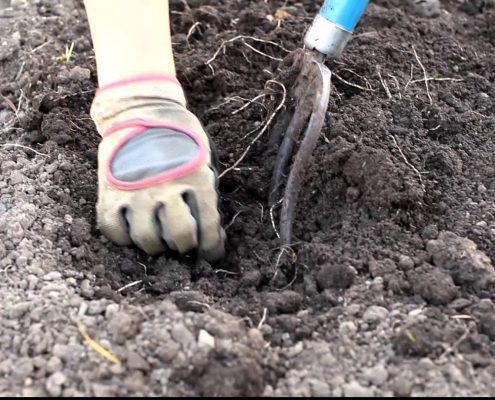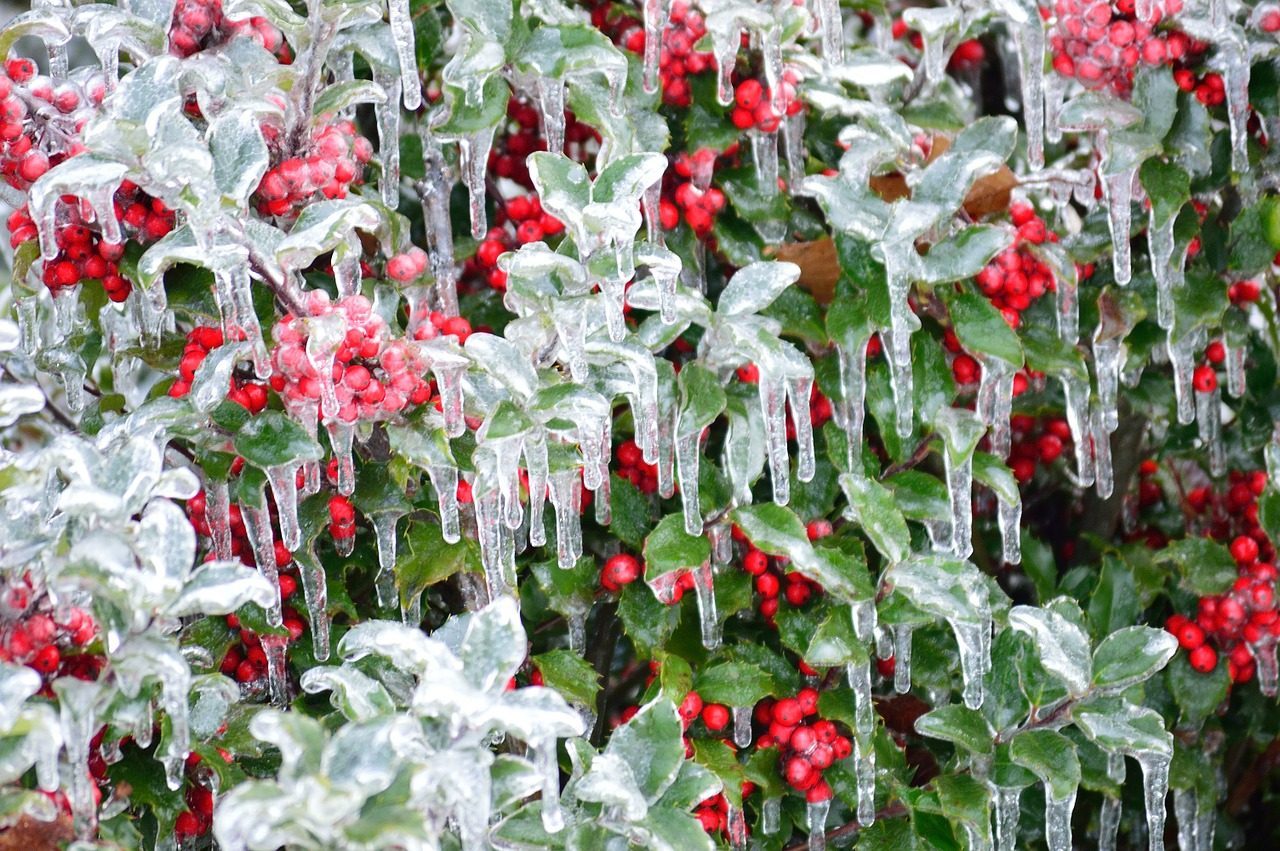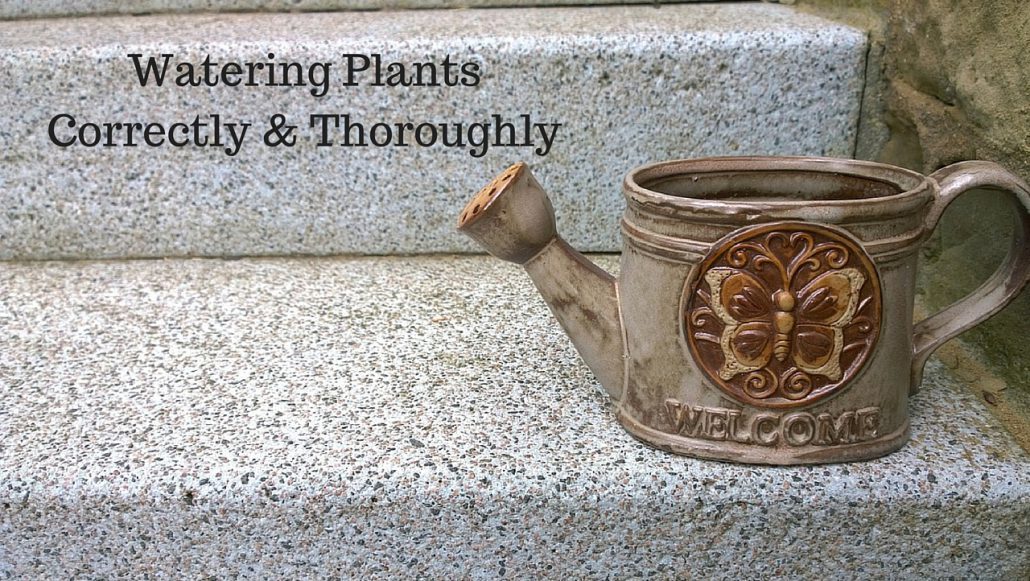Posts
Watering Plants Correctly & Thoroughly
/in Gardening, Landscaping, Low-Maintenance, Soil /by Lawn-N-OrderWith hot weather comes our share of dry days and lack of rainfall. This can cause potential stress on your landscape and plantings. Supplemental watering will help the survival of your investment. Take these notes on how to adequately water leaving all plants thoroughly satisfied.
Observe for Adequate Moistures
Make observations in the garden. Take a look at the leaves of the plants. Are they wilting? Are there brown leaves at the base of the plant? Scratch beneath the soil’s surface with a small trough to see if the soil beneath the surface is holding water or how dry it is. Dig several inches down to the root system to tell if there is any moisture. The soil should be moderately damp but not soupy wet. If there is moisture, skip watering. If not, get out the soaker hose and curl around the base of the plant or throughout the planting area. If a drip irrigation system is set up, the emitter can be added to adequately water at different gallons per hour.
Watering for Penetration to Root Systems
If watering by hand or spot watering, first water until there is some runoff. Water each plant lightly using the rain dial on the handle instead of the hard pressure jet spray. A slow, steady stream is best to give a good drink to each plant. Water will slowly penetrate better instead of running off the surface of the mulch and away from the plant. After ten minutes of watering, brush away the mulch around the plant and dig down to see how much in inches the water has penetrated. This will give you a good understanding as to how long to continue watering. If setting up the sprinkler in the yard over a period, place a small bucket in the vicinity of the plant. Measure the amount of water obtained in the bucket and how long the sprinkler was running. Check the root system around the plant to see the depth of penetration and follow up accordingly.
Watch the weather forecast each week and observe the health of your plants by taking a daily walk through the garden. Any stress to the plant, whether it is drought, the wind or other conditions can make it susceptible to diseases. Enjoy your plantings for years with regular fertilizing and a water regiment.
Winter Garden Protection
/in Evergreens, Landscape Contractor, Landscaping, Perennials, Storm Damage /by Lawn-N-Order The weatherman was correct in forecasting a freeze warning this recent weekend and continuing. This means temperatures are likely to get down into the single digits. With that in mind, let’s talk about your plants in the winter garden landscape. Winter weather may play havoc causing winter damage in your garden and we want to give you some tips on how to manage.
The weatherman was correct in forecasting a freeze warning this recent weekend and continuing. This means temperatures are likely to get down into the single digits. With that in mind, let’s talk about your plants in the winter garden landscape. Winter weather may play havoc causing winter damage in your garden and we want to give you some tips on how to manage.
Your root hardy perennials in the winter garden should be fine. Foliage should already be killed back by the cold weather thus far and plants are in dormancy until spring. Hardy perennials, shrubs and trees are still in dormancy, which decrease their likelihood of damage due to the reduced sap content in their branches. With our recent rains, we should be in good shape since a little drink from Mother Nature insures against drying out or desiccation. If recent rains haven’t adequately watered your plants and the rain clouds passed you by, then there’s need to be concerned. Thoroughly water your winter container gardens that may have plantings or particular shrubs or trees that get a lot of wind. The freeze plus wind will increase the likelihood of desiccation. Most landscape plants can recover from a brief dip below freezing. When temperatures plummet below 28 degrees F., then cellular damage can take place. On top of that, if your garden suffers wind along with low temperatures, you may not be as lucky. Wind can plummet the feel like temperatures thus your plant will feel the same exposure. Wind damage is another leading cause of desiccation other than lack of watering.
During a seasonal change when plants are waking up from their long winter naps. If you, however, have some marginally zoned plants in your yard, take special actions to prevent loss by covering with fabric, old sheets, frost cloths (except plastic). They can be uncovered as soon as the temperatures rise above 32 degrees F. Small plants can be covered with a bucket or mulch.If you see browning leaves after the freeze, leave it until spring and then remove. The extra coverage will protect the undergrowth from getting hit if another freeze pops in on us.
If you have suffered winter damage, we can help with diagnosis and replace your plants with recommendations for your landscape.
Lawn-N-Order Landscaping, Inc.
PO Box 1551
Weaverville, NC 28787



